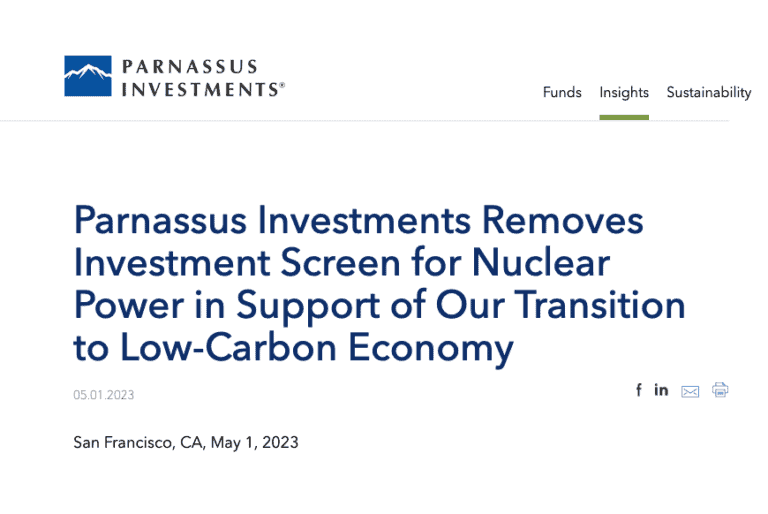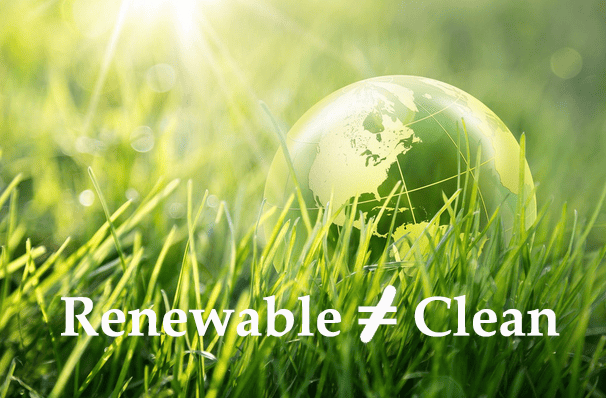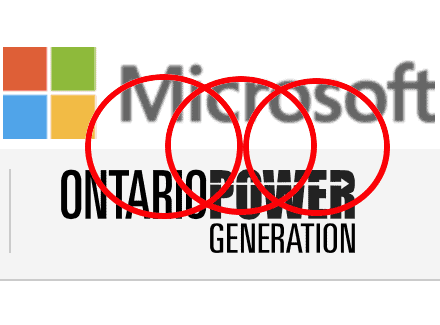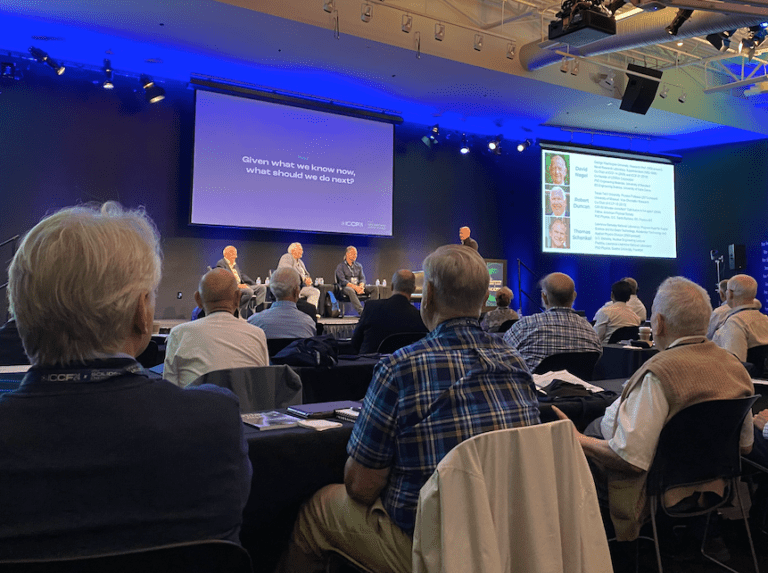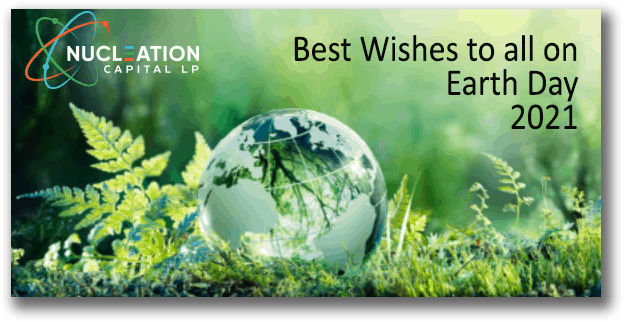Parnassus Versus Green Century: A Contrast in Styles
Cross-posted from Nucleation Capital June, July and August of 2023 were the three hottest months the Earth has ever seen by such a large margin, it left climate scientists agog. Climate disasters are abounding apace, with the U.S. hit by 23 large-scale disasters, a record-breaking year already. In Pakistan, extreme rainfall and flooding affected 33…

